|
Located near the
legendary Red River, the ancient
village of
Dong
Ngac in Tu Liem District,
Hanoi
City
has for
many years preserved age-old historical relics and typical cultural
features.
The village has
been famous for its large-scale communal house with some ancient
architectural works dating back 500 years. The interior of the communal
house displays a set of ancient paintings from the Le Dynasty (1427 –
1788) which depict the bumper harvests and peaceful, prosperous life of
people. Also, there are eight paintings praising the vocations of
fishery, forestry, fabric weaving, husbandry,
teaching, farming, handicraft and trading. Each painting is enclosed with
a tang prosody poet.
|
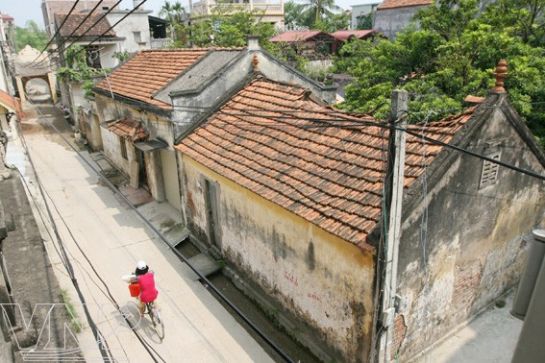
The village lane has
the beauty of Vietnamese rural areas.
|
|
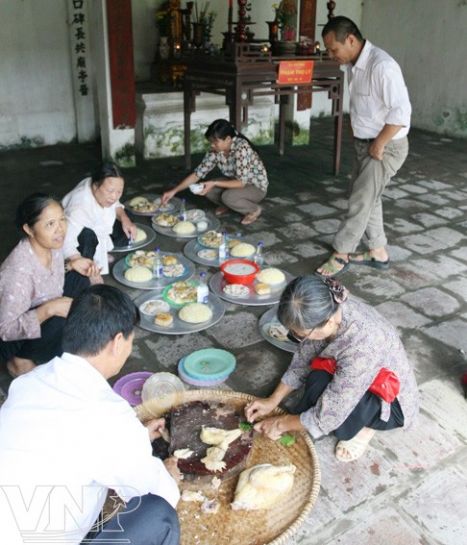
Family affairs are
often organised at the communal house.
|
|
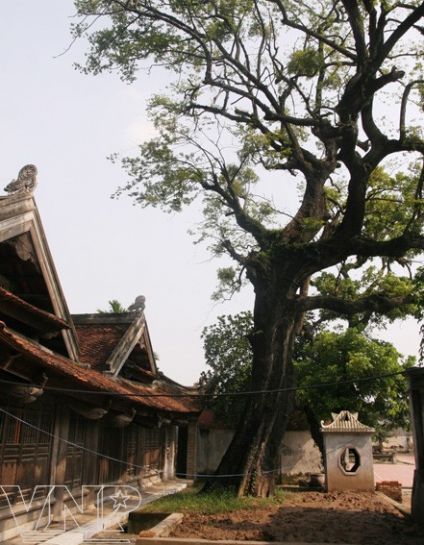
A 300-year-old decandrous persimmon in the
court yard of
Ve Communal House in Dong
Ngac Village.
|
|
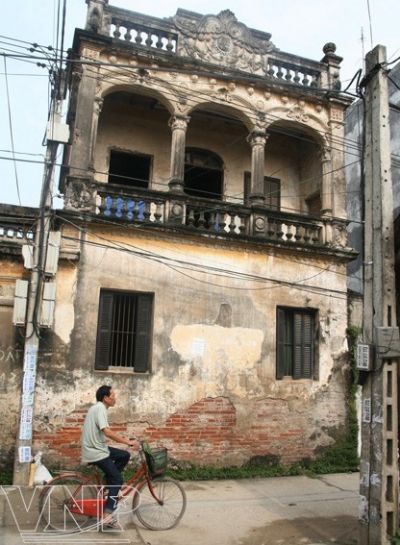
This ancient house
built in the early 20th century is proof of
Dong
Ngac
Village
’s long
existence.
|
|

A ceramic jar near the house veranda is often
seen in Vietnamese villages.
|
|
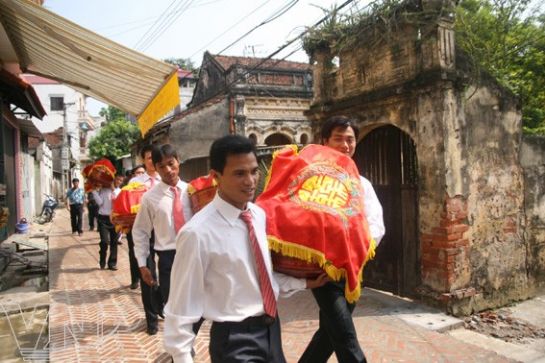
An engagement ceremony in Dong
Ngac Village.
|
The communal
house, known as an ancient temple in the 17th century, was
built to the north of the village near the dyke of the Red River. In 1635, it was restored and expanded to
worship three spirits, including Thien Than (Doc Cuoc who was
invited to the communal house by Phan Phu Tien from Sam Son, Thanh Hoa),
Dia Than (the tutelary god who
helped the villagers prevent disasters, fight against drought and
performed some miracles) and Nhan
Than (Le
Khoi, a nephew of King Le Thai To, who was a famous general and was
awarded the title “Senior lieutenant-general”. The communal house also
pays homage to Pham Tho Ly, who gave land to build the communal house in
1635, and Doctor Pham Quang Dung who restored the communal house in 1718.
Over the years
the Village has preserved intact its typical architectural works, ancient
houses of 100 years old with the architectural style of the northern delta
in Vietnam or the French style,
brick-inclined roads, Tu Khanh Pagoda built in the
18th-19th century and dozens of ancestral
worshipping houses of the families of Pham, Phan, Nguyen, Hoang, etc.nbsp; Among them, the worshipping house
of Do family where Do The Giai, a senior official under the Le-Trinh
Dynasty (the 17th-18th
century) is worshipped, preserves many valuable relics.
The Village is
the native land of Le Duc Mao (1462-1529), a scholar who composed nine
poems which were usually read during the rite of giving money and silk to
geishas. These poems are considered the first script document of Ca tru
(chamber music) in the Han
Nom
heritage treasure and the earliest document about the poetry styles of
six-eight words and seven-seven-six-eight words in the history of
Vietnamese literature.
Story: Huu
Tuan
Photos: Hoang
Giap
nbsp; |